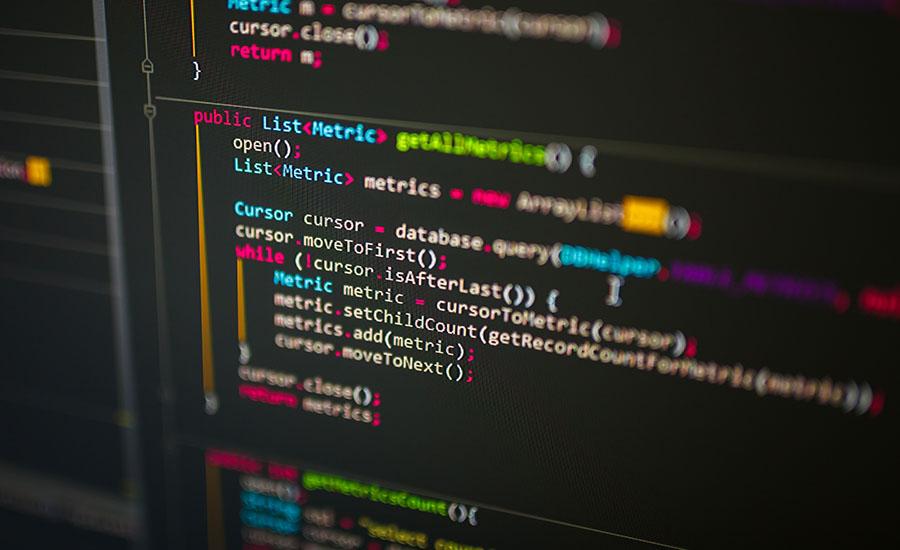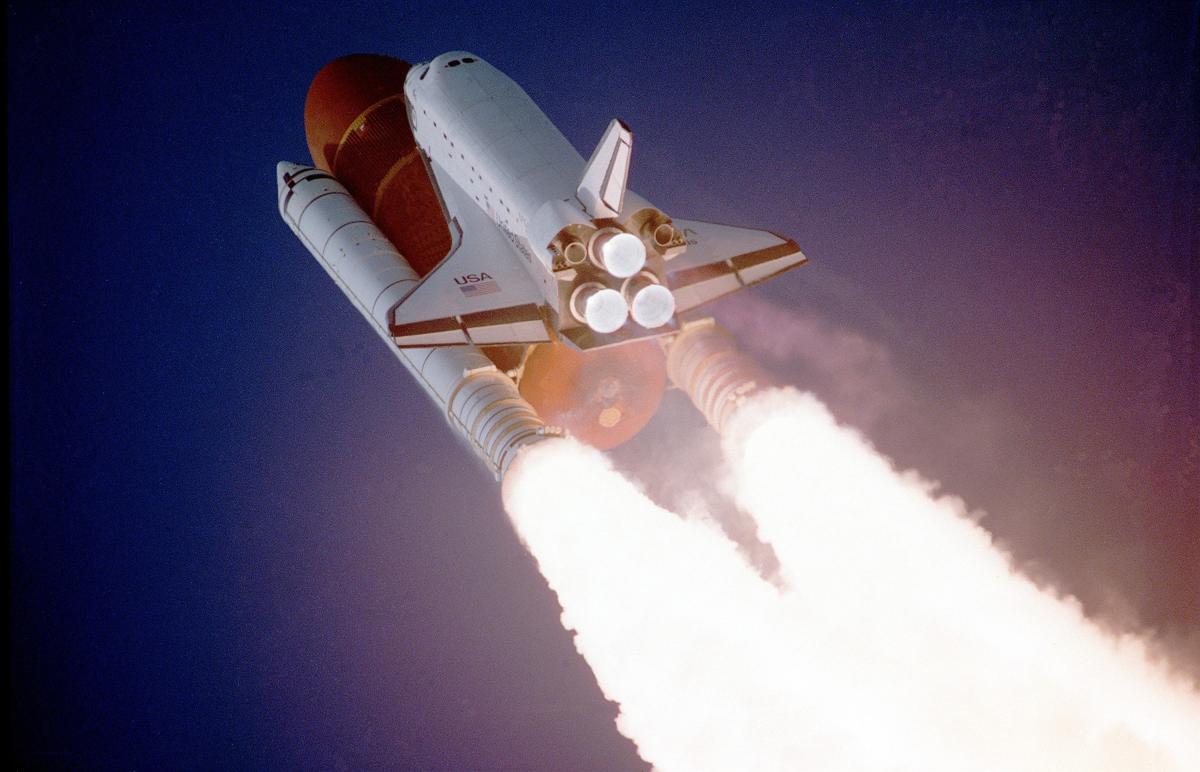
In this lesson students will use a 3D Pen created and constructed catapult to learn about potential energy as well as test, document, and analyze different projectiles. This is the 2nd lesson in a

In this lesson, students will work with 3D Pens to create and construct a catapult. This is the 1st lesson in a series of 2. The 2nd lesson is linked with this lesson.

This 45-minute lesson is an introduction to living vs nonliving things for kindergarten students. Students have the opportunity to use technology to capture photos of living and nonliving things

This is a multi-day project using the Engineering Design Process where students build and test a machine using at least 5 simple machines and identify all the energy transformations that occur in

This lesson gave students the opportunity to research basketball statistic during the height of playoff season. They were able to realize the difference between quantitative and qualitative data. They

Students will review and reinforce the rules of adding and subtracting integers through stories, games, and animations created with scratch.mit.edu. Student will explore what others have created and

In this hands-on lesson, students are introduced to coding by creating a clicking game with scratch.mit.edu. This lesson includes step-by-step instructions on the process. Students explore some of the

This lesson plan aims to incorporate Science, Engineering, and Math subjects into the Digital Book Project. Students paraphrase in simple words the explanations of chemical reactions in everyday life

In this engaging lesson, students will explore sound waves and how distance is a factor in the intensity of the sound.

This is a statistics and technology project that allows students to design a survey to measure the happiness of the student body. The students explore the history of Bhutan, its Gross National

Problem - Solution is a type of text structure. The objective of this lesson is for students to further understand defining problems and identifying solutions. Students will make a 3D model using

Pocket Creature Build Challenge
In this build challenge, students will work in teams build a small creature out of recycled materials that serves a purpose. This outstanding lesson is easily customizable to engage in various science

This is the 3rd and final lesson in a series of 3. In this 8-week project, 6th-grade students will collaborate in small groups to create eco-friendly inventions that aim to reduce their carbon

Students will build a propulsion system that can deliver a payload to a given location in this engaging paper rocket engineering lesson. Students think critically and problem solve as they work

In this hands-on lesson, students develop a model of a seismograph. They analyze and interpret data and as they learn about earthquakes. Students read about Mt. St. Helens and use technology to

This is the 2nd lesson in a series of 3. In this 8-week project, 6th-grade students will collaborate in small groups to create eco-friendly inventions that aim to reduce their carbon footprints and

In this engaging lesson, students build a model rocket. They design an experimental procedure based on their understanding of the forces acting on the rocket. They predict values using a flight

This is the 1st lesson in a series of 3. 6th-grade students will work in groups to create eco-friendly inventions that help the environment and tackle climate change. They will research ideas, make

In this lesson, students will experience for themselves what insulators and conductors are in the field of electrical engineering. Students will learn how to use a Steve Spangler Energy Stick to

In this hands-on lesson, students will use area and perimeter to plan and design an environmentally sustainable hole for a golf course. Students learn the history of golf and research sustainable

In this lesson, the students will observe matter that has endured a temperature change. They will make predictions about what they think will happen to a form of matter after choosing if it will be

This engaging lesson introduces students to EdScratch! Students will learn to use blocks, transfer programs to Edison, understand warning messages, and understand input parameters. Two challenges are

Students will create a 3D model of a landform in small groups, record facts about the landform, use their ipads to take a picture of the landform and voice record themselves presenting about it

This lesson allows students to engage with technology, literature, and engineering in a fun and creative manner. It aims to combine literature with technology, providing students with an opportunity
